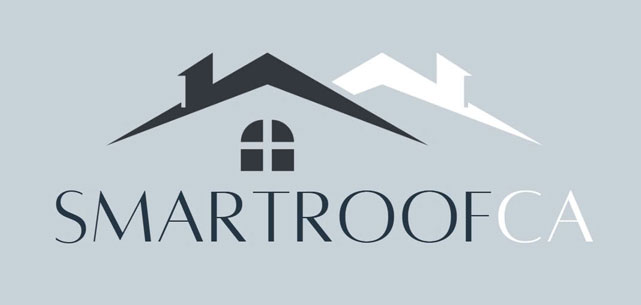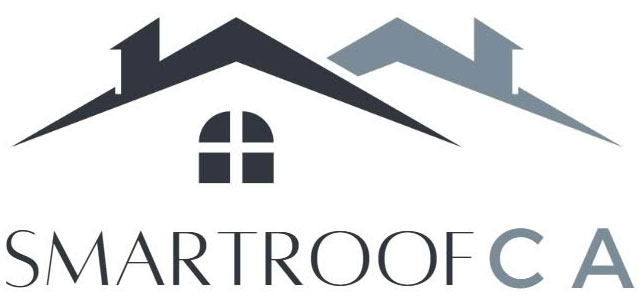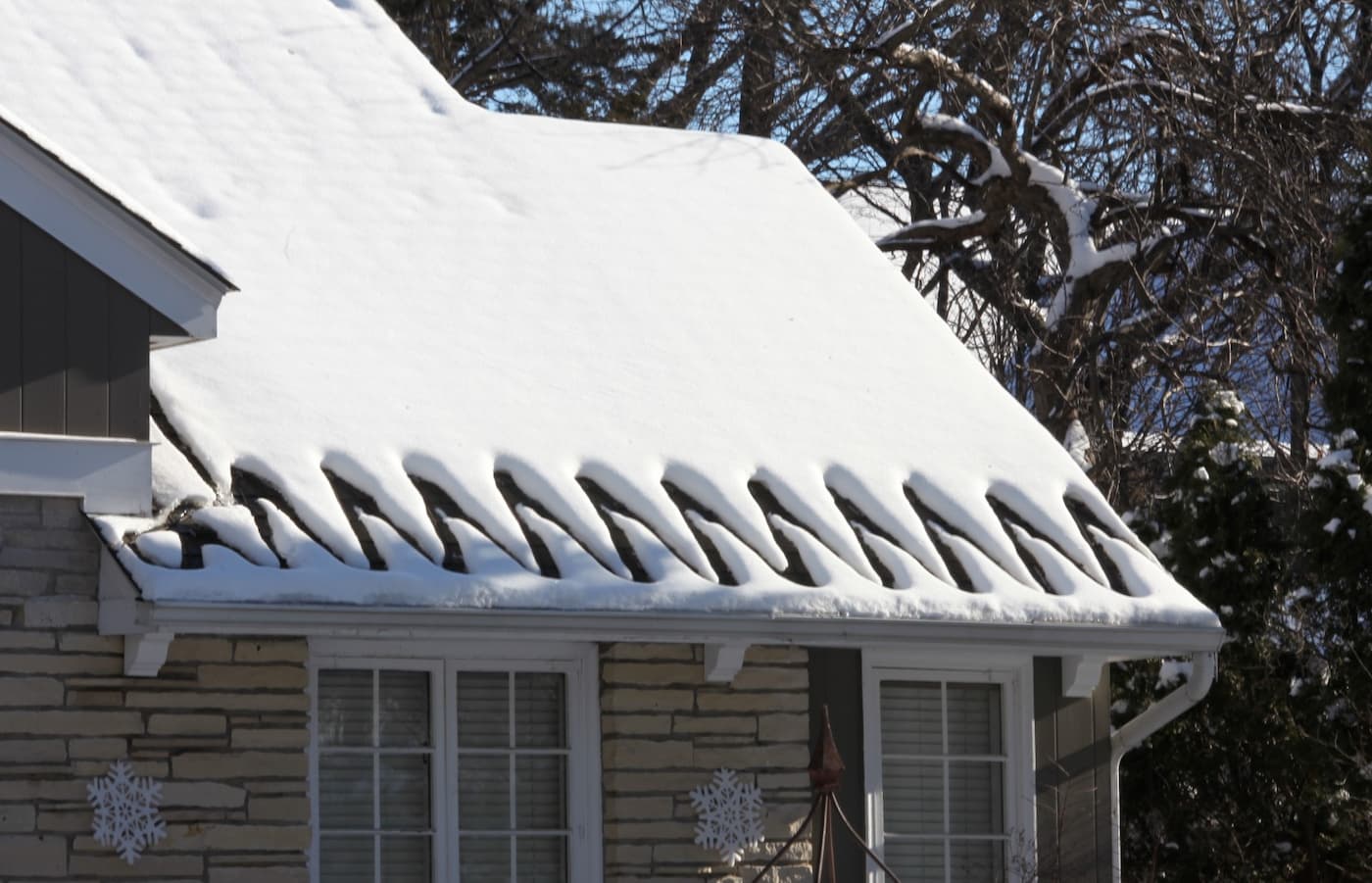
Smart Solutions
for Winter Roofing Challenges
At Smart Roof Construction Inc., we provide IoT sensors to track real-time conditions such as weather patterns, snow levels, and roof temperatures. Our machine learning model then analyzes this data to predict and effectively manage snowfall impact via targeted melting processes, resulting in significant energy savings and operational costs when compared to traditional approaches.
What Problems Does "Smart Melting Roof System" Intend To Solve?
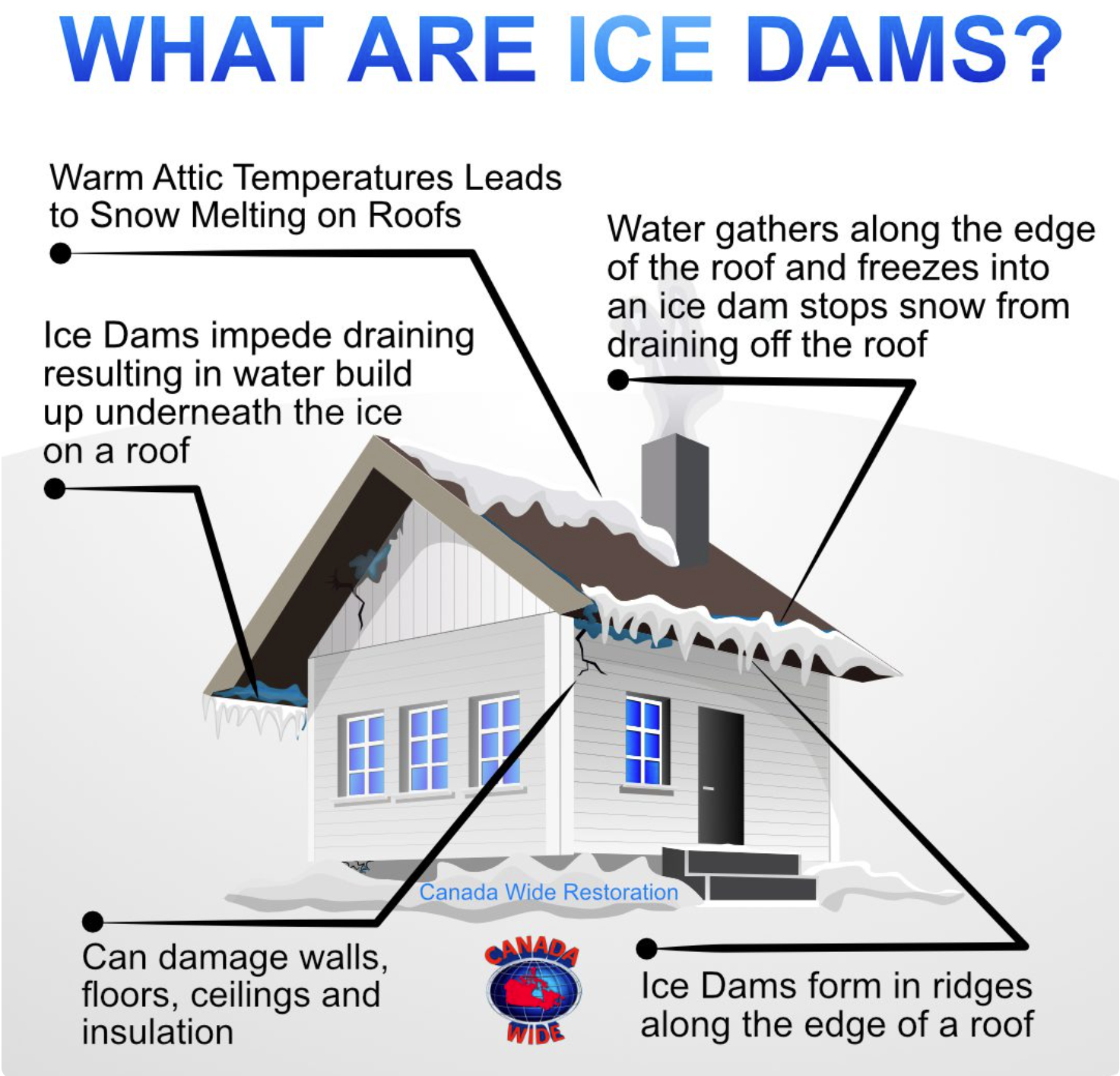
Implementing a smart melting roof system using IoT sensors and machine learning is an innovative approach to tackling several current problems associated with snow accumulation and ice formation on roofs. These problems are particularly relevant in regions that experience heavy snowfall and cold temperatures. Here are some of the issues that such a system aims to address:
Ice dams occur when heat from the attic melts snow on the roof, causing water to run down and refreeze at the roof’s edge, forming a dam. This can lead to water seeping under the shingles and into the house, causing damage to walls, ceilings, insulation, and other areas.
The weight of snow and ice can strain the structural integrity of a roof. In extreme cases, this can lead to roof collapse, especially if the roof is not designed to bear such loads or if there are pre-existing structural vulnerabilities.
Ice can also form in gutters and downspouts, leading to blockages and ice dams that can damage the gutter system, causing water to back up and potentially enter the building structure.
Traditional methods of dealing with snow and ice on roofs, such as heating cables, can be energy-intensive and costly to operate. They may not be optimized for energy use, leading to increased energy bills without effectively addressing the problem.
Accumulated snow and ice can pose significant safety risks, including falling ice hazards to pedestrians and property below. The process of manually removing snow from roofs is also risky and can lead to injuries.
Chemical de-icing agents can have negative environmental impacts, including damaging vegetation and contaminating water sources.
Key Components
A smart melting roof system that uses IoT sensors and machine learning typically comprises several key components working together to prevent snow and ice accumulation efficiently. Here are the main components of such a system.
IoT Sensors
IoT Sensors
• Temperature sensors to measure ambient and surface temperatures.
• Humidity sensors to detect moisture levels in the air.
• Snow depth sensors to determine the amount of snow accumulation on the roof.
• Precipitation sensors to identify snowfall or rainfall events.
Machine Learning Module
Machine Learning Module
Actuator Control System
Actuator Control System
User Interface (UI)
User Interface (UI)
Working Diagram Of Smart Melting Roof System
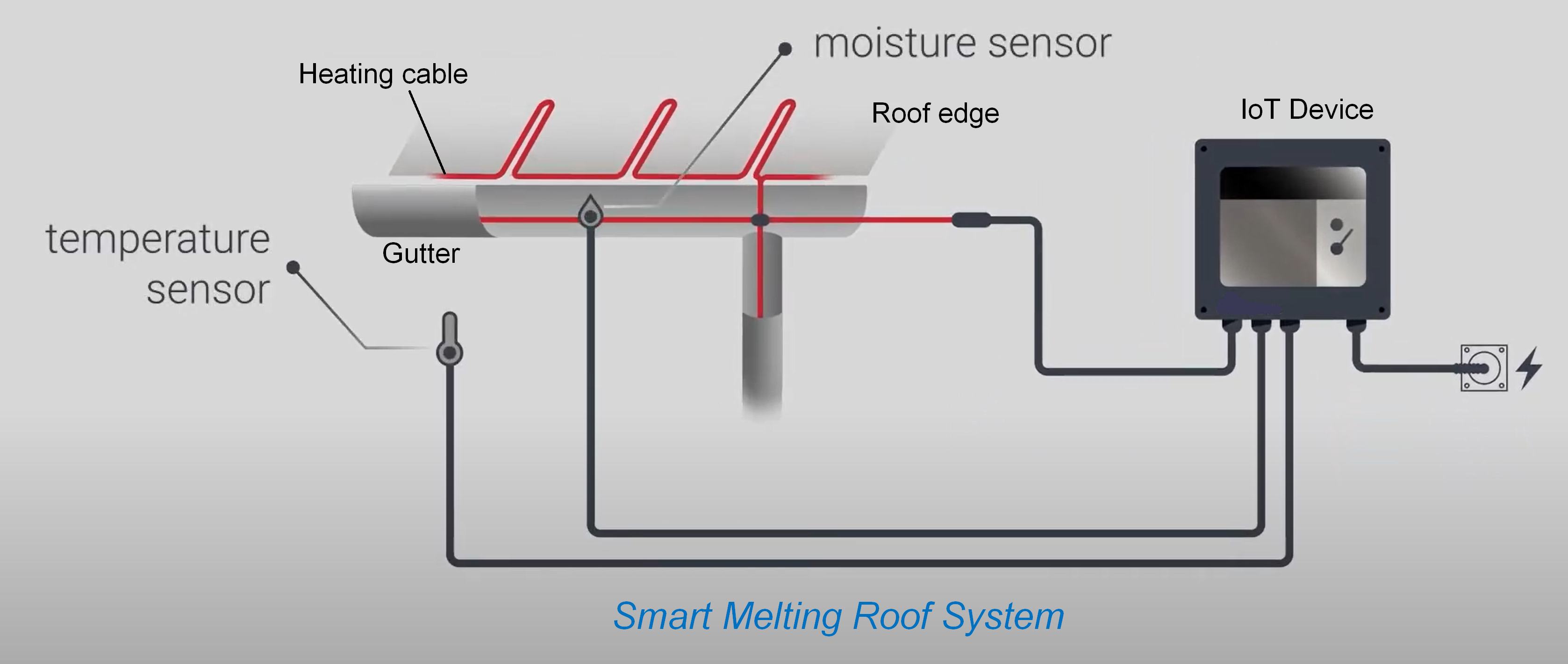
- Data Collection
- The temperature sensor measures the environmental temperature, helping the system determine whether freezing conditions exist.
- The moisture sensor checks for the presence of snow or ice. Together with the temperature sensor, it provides critical data about roof conditions.
- IoT and Machine Learning Integration
- The IoT device processes the real-time data from the sensors.
- Using machine learning algorithms, the system predicts the optimal time to activate the heating cables based on weather patterns, historical data, and current conditions. This ensures efficient energy usage and minimizes unnecessary operation.
- Actuation
- Once the system identifies freezing conditions and snow/ice accumulation, it sends a command to the heating cables to turn on.
- The cables generate heat, melting the snow and ice, thereby preventing ice dams and reducing roof stress.
- Use interface and Monitoring
- A user-friendly interface (likely through a mobile app or web dashboard) allows property owners to monitor the system, adjust settings, and receive alerts or updates.
- Users can also manually override the system if needed.
- Energy Efficiency
- The system operates only when necessary, saving energy compared to traditional roof heating systems that run continuously or rely on manual control.
Benefit Of Our Platform
- Monitoring environmental conditions in real-time, including temperature, humidity, and precipitation, to predict snowfall and potential ice formation.
- Automatically activating heating elements or other melting mechanisms when needed to prevent ice dam formation and reduce the load on the roof, optimizing energy use based on predictive models and current conditions.
- Adapting to changing conditions by learning from past weather patterns and roof performance, improving its effectiveness and efficiency over time.
- Reducing the need for manual snow removal and the use of chemical de-icers, thereby lowering the associated risks and environmental impacts.
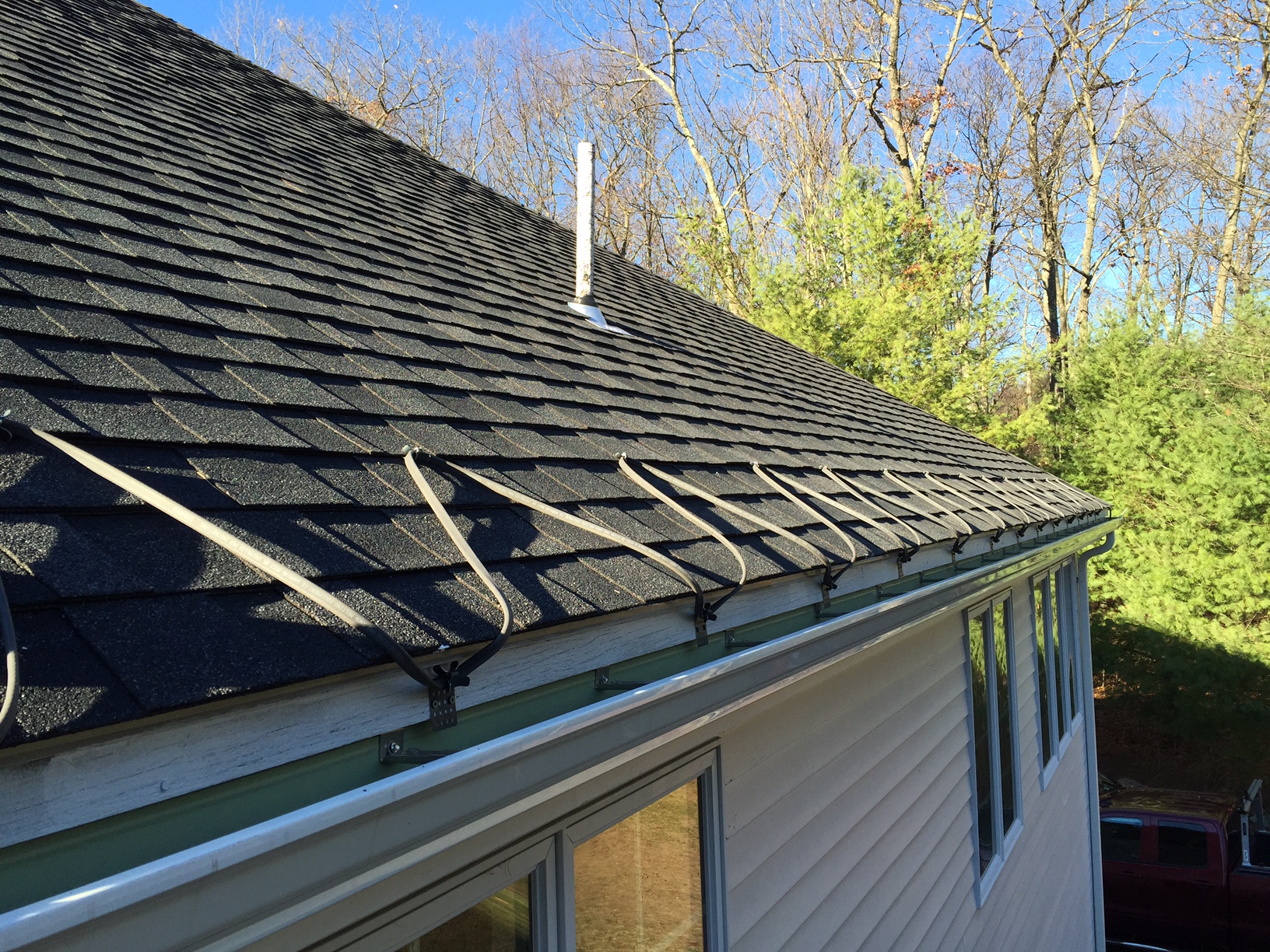

Who Needs Our Solution
The potential customer base for smart melting roof systems can be segmented into residential, commercial, and industrial property owners. Each segment has unique needs and pain points:
- Residential customers may prioritize safety and cost savings.
- Commercial customers, such as owners of large office buildings, malls, and hospitals, might focus on the reliability and efficiency of the system to protect their assets and ensure business continuity.
- Industrial customers may need robust systems for large-scale facilities and might prioritize system durability and integration with other building management systems.
Understanding the specific needs and decision-making processes of these segments will be crucial in tailoring our marketing strategies and product offerings.
